With the arrival of autumn or after an intense heat wave, many outdoor plants They change their appearance radically. They dry, lose leaves, become brown or seem to have lost every sign of life. This change usually generates alarm in those who take care of them, who do not always know if they are facing a copy without return or simply before a natural rest process.
The reality is that many plants enter a period of inactivity for Protect from extreme climate. This state of rest, known as latency or dormancy, can make a plant look dead, when in reality it is preserving energy To sprout more force when conditions improve. Not all species do it in the same way, and that is why it is essential to know the signals that each type of plant emits.
Plants in winter 3.jpg
Learning to read these signs not only avoids common mistakes how to discard a healthy plant, but also allows you to adjust care. Sometimes we need Water less, not fertilize or avoid pruning unnecessary.
What does it mean that a plant is inactive?
When a plant is inactive, it enters a temporary state of physiological pause for keep resources during adverse conditionslike extreme cold or drought. During this period, its growth stops, the leaves can fall and the aerial part can dry. However, its roots and internal fabrics are still alive and ready to activate When the environment becomes favorable.
Plants in Winter 2.jpg
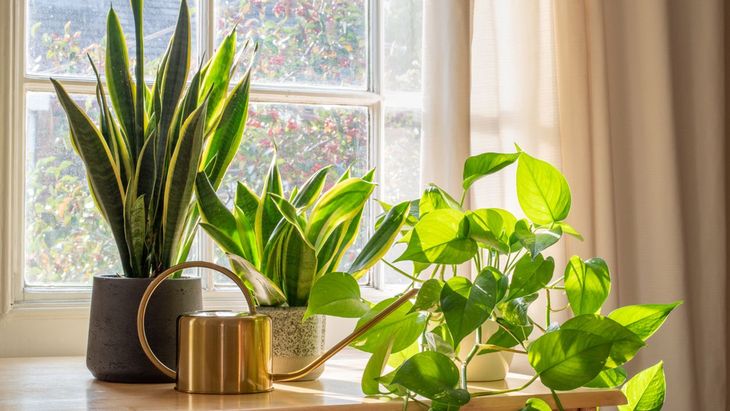
This Defense mechanism It is completely natural and is present in many species, especially in temperate climates. In some cases, inactivity is predictable and occurs every year during winter; In others, it is a Punctual response to environmental stress. Understanding this dynamic allows us to know how to act before the first signs of “death”, and wait before acting.
How to know if your plant is inactive
The key to knowing if a plant is inactive or dead is in Observe carefully. Most of the time, there are small indications that show if there is still life inside. From flexible branches to signs under the bark, the body of the plant retains clues that, if interpreted correctly, can Avoid bad decision.
Floors
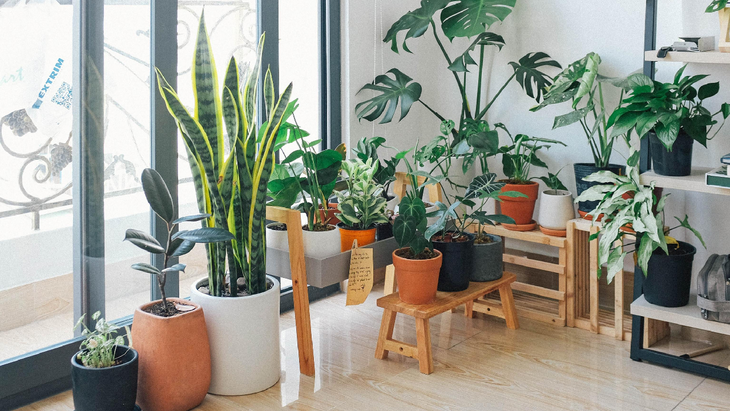
Recognizing these signs allows you to adjust care and have patience instead of starting what It can still bloom. In addition, having knowledge about the specific type of plant is essential, since some enter latency every year, while others should never seem completely dry if they are healthy.
1. Dead branches and brittle branches
A simple way to evaluate the state of a plant is examine its branches. Those that are completely dead break down, are dry and hollow. On the other hand, those that are alive, even if they do not have leaves, are usually more flexible, something green inside and offer some rIt is when trying to fold them.
Making a test with several branches from different parts of the plant can give you a general idea of your health. If they all break effortlessly, there are many chances of being dead. But at least some eStán soft and do not break the touchit is possible that it is still alive even if it is at rest.
Interior plants
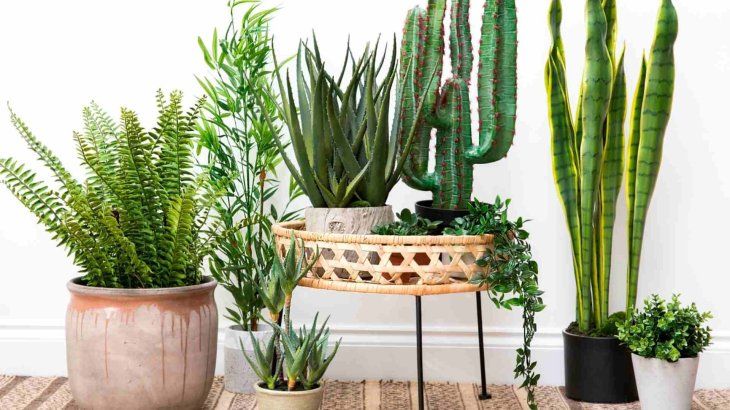
2. Check under the bark to see if there is latency
Another useful technique is gently scratch the bark With the nail or a knife. If a clear green layer is revealed below, it means that the plant is still alive and is probably asleep. If the interior is dark or grayish brown, it is a sign that this stem no longer has life.
This method, called “Test of the scratch”, It can be repeated in different areas of the stem to determine which parts are still active. It is important not to do it too often, since damaging the cortex repeatedly can affect the general health of the plant.
Plants.jpg
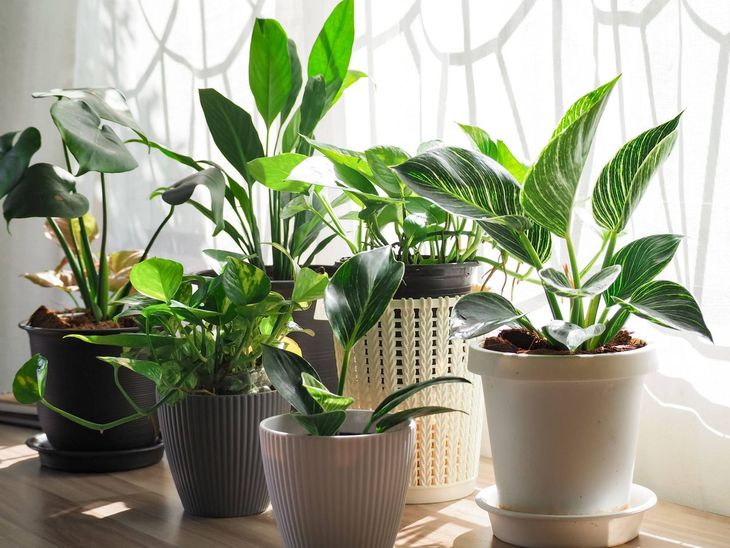
3. Know the latency cycle of your plant
Each plant has a particular pattern of growth and rest. Some species enter in latency every year, such as shrubs, while others, such as tropical, only do it if conditions are extreme. Investigate the natural cycle From your plant can help you anticipate these changes without panic.
Know at what time it usually enters dormancy and how much that state also allows Better plan care. For example, during inactivity it is convenient to reduce irrigation, not apply fertilizers and avoid transplants, not to interfere with the natural rest process.
Plants in winter 1.jpg
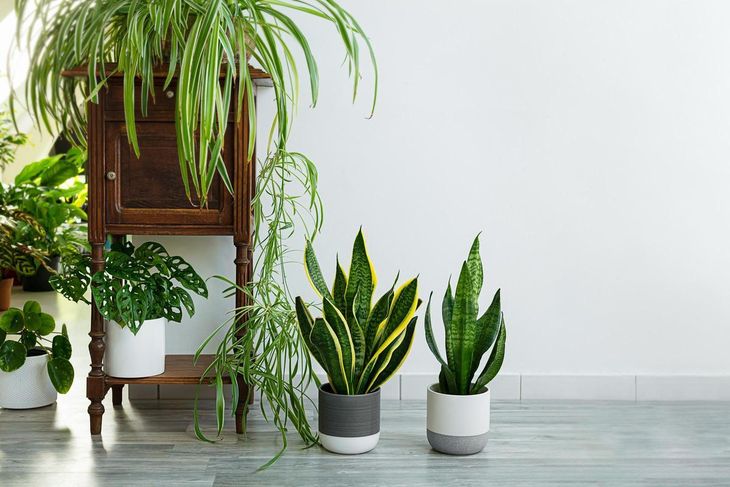
4. Don’t worry about ornamental herbs
Many ornamental herbs, such as grasses, have a life cycle marked by extreme visual changes. Although during the winter or summer they seem pursuit and lifeless, the most common is that they are simply at rest and sprout again when the station changes.
These plants usually die partially, that is to say that the aerial part disappears, but His underground rhizomes remain alive. The ideal is to wait until spring to see if it regrets before discarding it. A basal cut at the end of winter can help stimulate new outbreaks.
Plants at home 1.jpg

5. Perennial leaf trees must remain green
Unlike deciduous trees, perennial leaf They should not show signs of dryness or total loss of foliage. If the leaves change dramatically, they fall into large quantities or the branches are broken, there may be a more serious problem than a simple dormancy.
In these cases, it is advisable to Check if there are signs of pests, frost damage or diseases. It can also be useful to compare with similar trees nearby, if the rest follow green and only yours presents symptoms of decay, it may be dying.
Source: Ambito
I am an author and journalist who has worked in the entertainment industry for over a decade. I currently work as a news editor at a major news website, and my focus is on covering the latest trends in entertainment. I also write occasional pieces for other outlets, and have authored two books about the entertainment industry.




